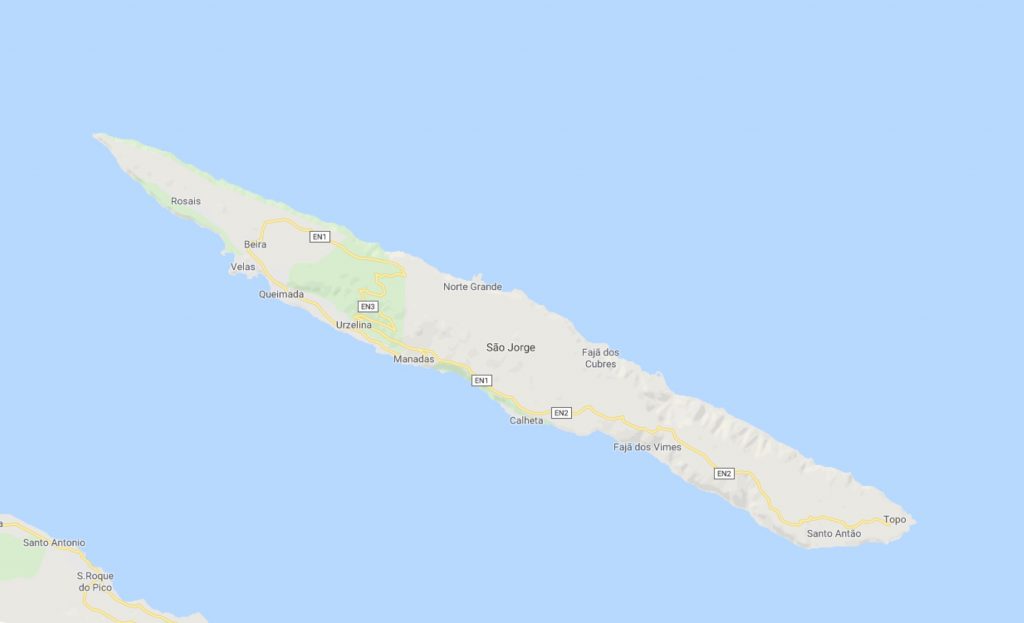
Sao Jorge Azores on Google Map
GEOGRAPHY
With 54 kilometers in length and 6.9 in maximum width, São Jorge looks like a chain of volcanic reliefs stretched from North-east to South-east. Its total area of 243.9 km2 is inhabited by 9,171 people (data from 2011).
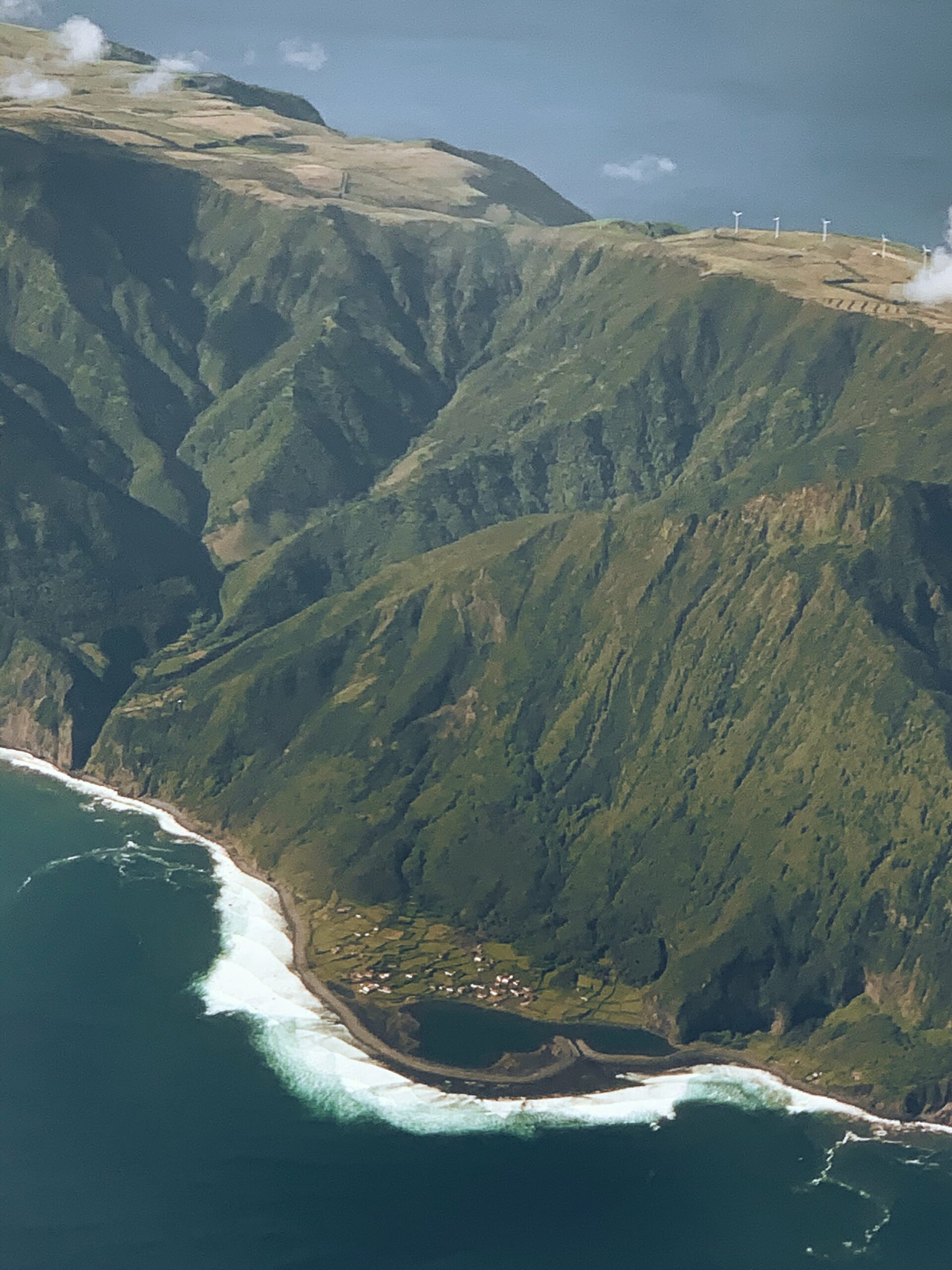
São Jorge Island is part of the Central Group of the Azores Islands, and is one of the summits of the so-called “triangle“: the others are Faial and Pico, from which São Jorge is 18.5 km away. Its highest point (1053 m.) Is the Pico da Esperança, at 38 ° 39’02 ’’ north latitude and 28 ° 04’27 ’’ de west longitude.
HISTORY
Given its proximity to Terceira, Portuguese navigators are thought to have known São Jorge Island at the same time as the other surrounding islands. Everything suggests that the population started around 1460, and that this was the second island of the Central Group to be inhabited.
After ten years, various human nuclei were already established on the western and southern coast: among them, that of Velas. The arrival of the Flemish nobleman Wilhelm Van der Haegen in 1480 motivated the foundation of the community of Topo on the eastern end of the island.
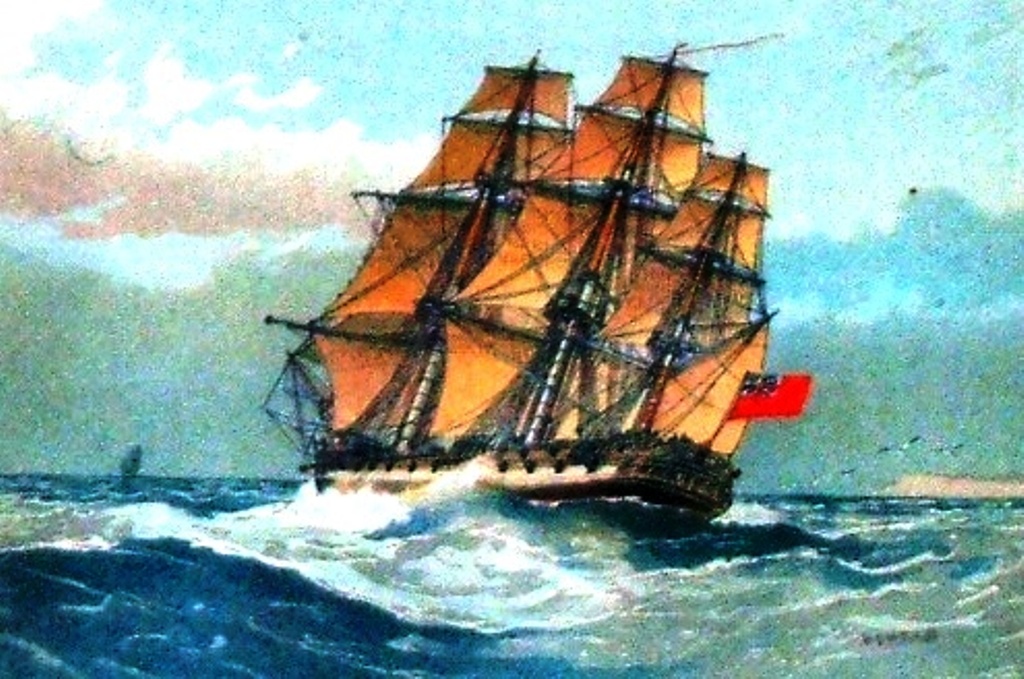
In 1483, the rapidly developing island was entrusted to João Vaz Corte Real, at the time captain governor of Angra, in Terceira. At the end of the fifteenth century Velas was granted the status of a town; Mouse obtained it in 1510 and Calheta in 1534. The prosperity of the island was based on the cultivation of wheat, but soon the quality of its pastures became evident.
Voted to a certain isolation for the lack of safe ports, São Jorge Island never reached a great economic protagonism. During the sixteenth and seventeenth centuries he suffered the unwanted visits of English and French corsairs, and of ruthless Turkish and Algerian pirates.
Particularly famous remained the incursion of the French Du-Gray-Trouin to Velas, in 1708. Defeated by the heroic resistance of the population, the corsair had to beat a retreat, suffering heavy losses among his companions.
Between the 16th and 19th centuries, the lives of the inhabitants were embittered by agricultural crises that caused famines, and by violent earthquakes and volcanic eruptions. The economy did not stray from the model of the remaining islands: wheat and vine cultivation, Roccella tinctoria harvesting and cattle and sheep breeding, which soon led to the development of two secondary sectors, those related to cheese and wool.
Fishing became quite important between the end of the 19th century and the beginning of the 20th, firstly because of whaling activities, and then, starting from 1960, thanks to tuna fishing. Currently, the great quality of the São Jorge pastures is reflected in the production of a typical cheese, made from cow’s milk, with Protected Designation of Origin, since the island is the production area for the São Jorge PGI cheese. . The existence of an airport and the modern ports of Velas and Calheta contributes to the full integration of São Jorge in the archipelago and in the world.
NATURE:
THE BROWN ISLAND
The elongated shape of the island and the rhythmic succession of cones that characterizes its central part make it emerge from the ocean as if it were the back of a sleeping prehistoric animal. From the plateau of the inland area, the volcanic cones that gave rise to the island are born, delimited by high and steep cliffs that plummet into the blue ocean, or by small plentiful areas at sea level, the famous fajãs of São Jorge Island.
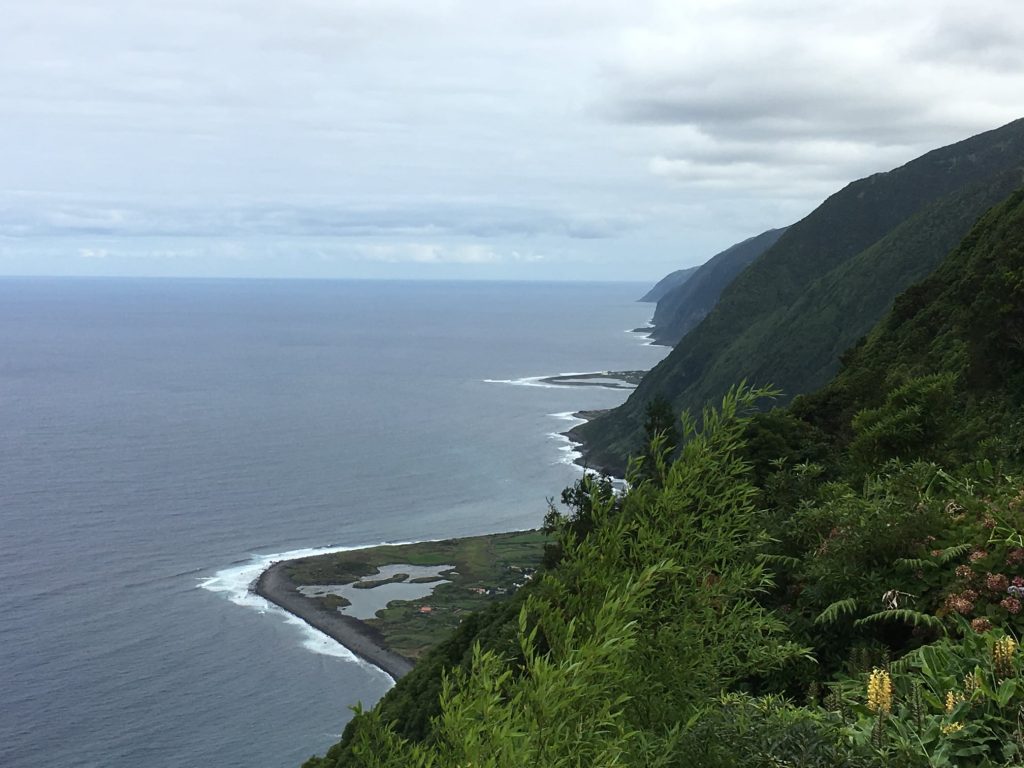
The green of the woods and semi-natural pastures, the brown of the agricultural land, the black of the rocky peaks and the blue of the sea form a rich palette of colors and shades. The presence of numerous dragon trees and endemic vegetation survival areas, in the most hidden valleys and protected by human action, combine to form the peculiar image of the island.
VOLCANIC LANDSCAPES
The fajãs, a term also used in the Macaronesian archipelagos of Madeira and Cape Verde, are the true emblem of São Jorge Island. Flat surfaces that formed on the seashore, and bordered by more or less imposing cliffs, the fajãs are the result of lava courses that penetrated the sea (as in the case of the Fajã do Ouvidor), or landslides of earth and rock that they precipitated due to seismic shocks, intense rains or other natural phenomena which damaged the cliffs (like in the case of the Fajã dos Vimes).
The fertile soils, the position protected from the strong winds and the thick curtains of fog that characterize the central and highest part of the island, and therefore their best climatic conditions, convinced the colonists to permanently cultivate these small plains, despite the difficulties of access to some of them.
From beans to bananas, from yam to coffee, from potatoes to oranges, everything seems to grow luxuriantly in these areas, which the dragon tree itself does not disdain. Over time, due to the growing demands of modernity and their vulnerability to the vagaries of nature, several fajãs have been abandoned, but many others continue to be inhabited all year round, or at least in some periods generally associated with holidays or certain agricultural activities.
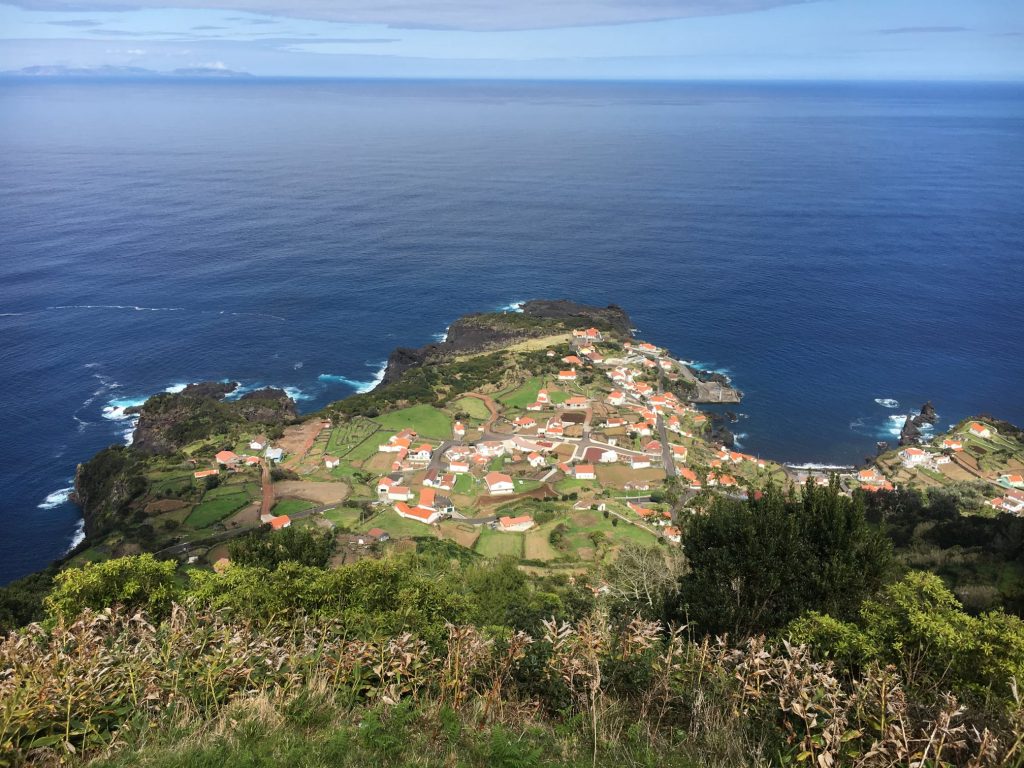
The more than 70 fajãs of São Jorge are the symbol of both its natural beauty and the isolation that dominated part of its history, and offer extraordinary glances: the best thing is to enjoy them by taking advantage of the network of paths that exists on the island.
From the detrital fajãs of Cubres and Caldeira de Santo Cristo, with its coastal lagoons, to the lava fajãs of Velas, Almas or Ouvidor, there is a great choice of places to remember.
The volcanic nature of the island can also be grasped by walking the roads and paths that climb the central mountain range of São Jorge, along which about two hundred volcanic cones exhibit their once active craters, and now gently occupied by ponds, ponds or peatlands.
On the peaks of Pico da Velha, Pico da Esperança and Pico do Areeiro there are belvederi that offer stunning views of the coastline, from which you can also see the profiles of the islands of Faial, Pico, Graciosa and Terceira, so far and at the same time so close.
Crossing this wavy back is an invitation to get to know and appreciate the nature of São Jorge, where the craters of the Bocas do Fogo, still active in 1808, are followed by natural and semi-natural pastures, habitats of wild rabbits and buzzards.
Hydrangea bushes mark the boundaries of the pastures, and patches of cryptocurrency and heather form the vegetable frame of the island.
COAST
In addition to its characteristic fajãs, the island’s coast can show off the superb Ponta dos Rosais, turned towards Faial, and the Ponta and Ilhéu do Topo, on the eastern side, which underline its natural beauty and offer incredible ocean panoramas.
The coast has rocky and sharp peaks that penetrate the sea, small protected coves, cliffs hundreds of meters high almost vertical on the water, and cones of underwater volcanoes disrupted by the erosive action of the sea, such as Morro de Lemos and Morro de Velas.
Despite the relatively small size of the island, the extensive coastline that results from its elongated shape originates a vast mosaic of locations and scenographic frames, in which the viewer can search for the best angle to take a special photograph, made unique by the the color of the rocks, the shades of endemic vegetation or the grace of a seabird that flies or rests.
ATTRACTIONS
As in the rest of the archipelago, in São Jorge there are excellent natural conditions for the practice of activities such as diving, fishing, sailing and kayaking. The waves of the Fajã of Caldeira de Santo Cristo are a European Mecca of surfing and bodyboarding, modalities that can also be practiced in other interesting points of the north coast. There are natural pools in Velas, Fajã do Ouvidor, Fajã Grande and Topo.
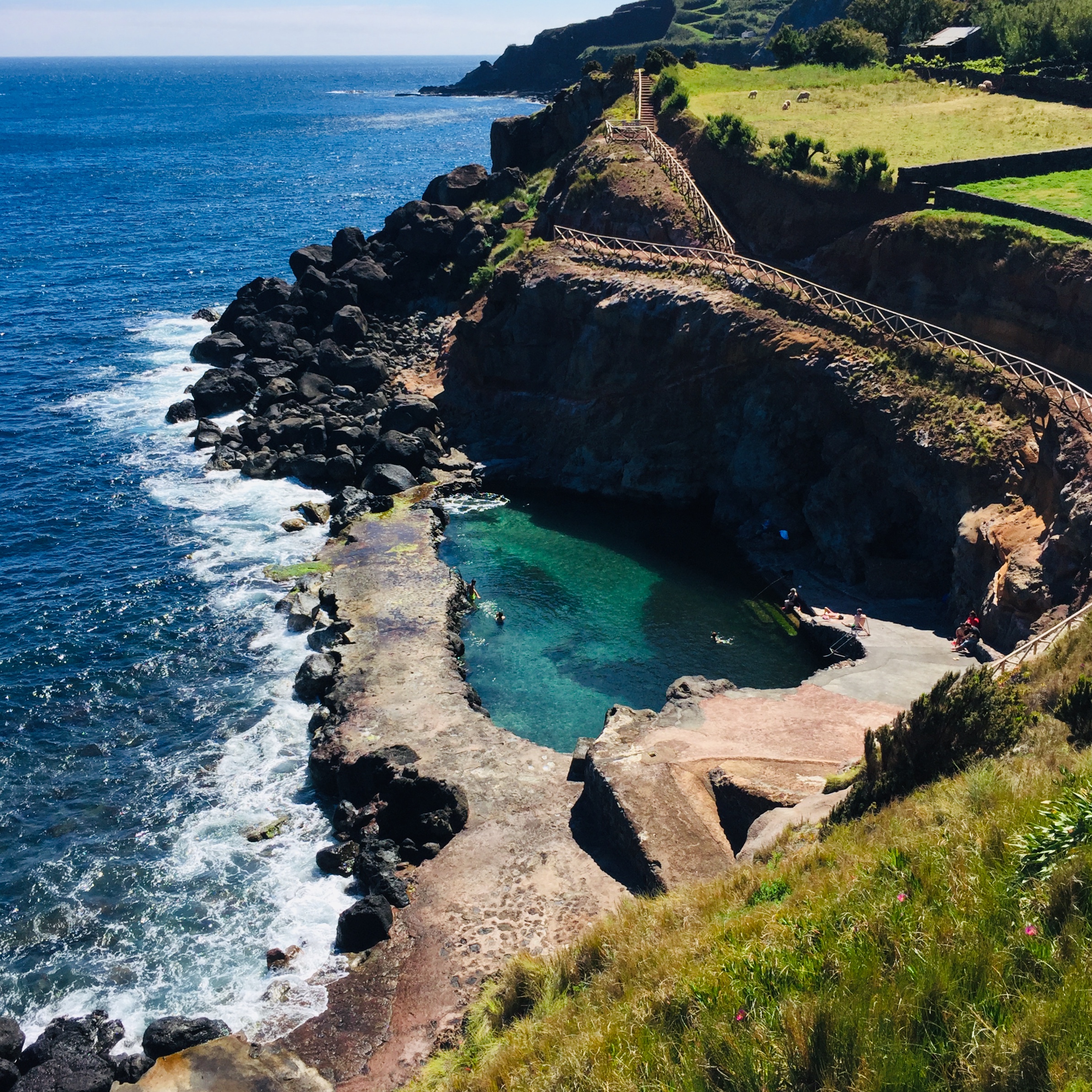
Beaches and natural pools in the AzoresOn land, the geography of the island allows unforgettable excursions on foot or BTT circuits. Sport climbing (in Urzelina) and canyoning are in great development.
With the help of a guide and the necessary equipment, spelunking enthusiasts find interesting places in the caves of Montoso and Bocas do Fogo (‘mouths of fire’) which, with their respective 140 and 120 meters deep, constitute a stimulating challenge for enthusiasts and professionals.
HERITAGE AND CULTURE:
Passing through the houses of Urzelina, the gaze is captured by the bell tower of an isolated church, almost entirely surrounded by black rocks. It is the only element that remained of the original building, buried by the relentless volcanic eruption of 1808, an eloquent testimony to the struggle and resistance of the Azores against the natural adversities of the Archipelago.
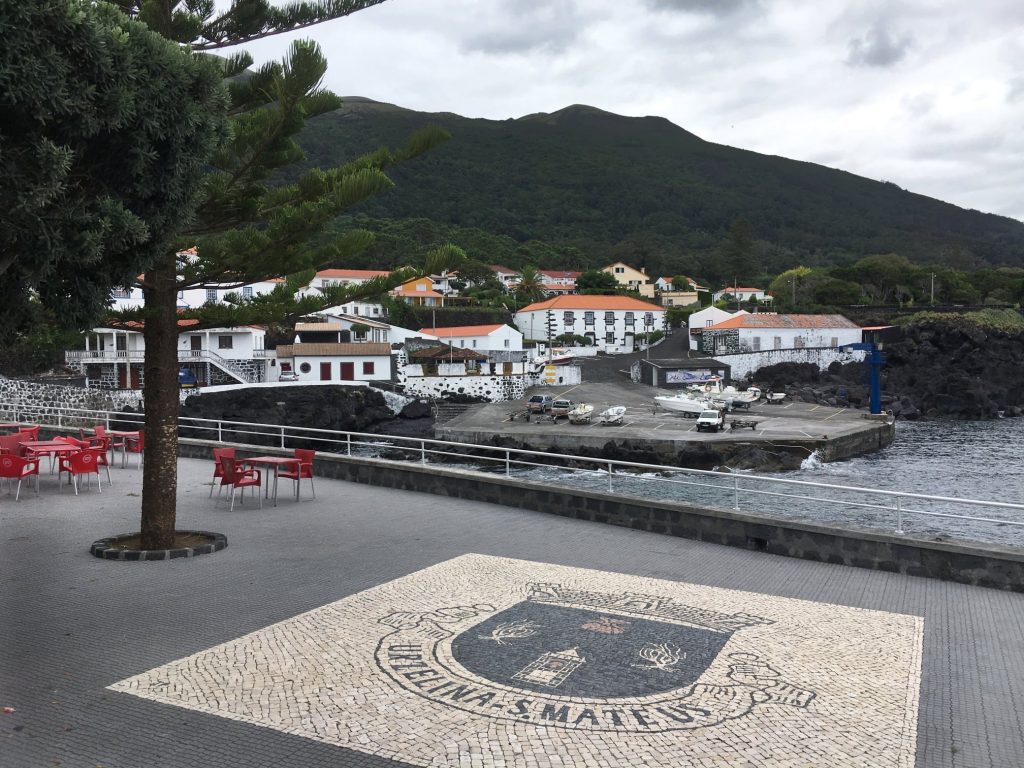
Passing through the houses of Urzelina, the gaze is captured by the bell tower of an isolated church, almost entirely surrounded by black rocks. It is the only element that remained of the original building, buried by the relentless volcanic eruption of 1808, an eloquent testimony to the struggle and resistance of the Azores against the natural adversities of the Archipelago.
In Calheta and Topo, the picturesque ports are entrance doors that give access to centuries-old houses and churches, with many stories to tell. In Velas, since 1799, the Portão de Mar (“sea gate”) has received visitors who arrive by boat and dock at the port, leading them to the central square of the town, and to buildings of great value such as the São Jorge cathedral and the municipal building.
Religious architecture reaches its best expression in the Baroque church of Santa Barbara (from the 18th century), located in Manadas and classified as a National Monument.
The white and black facade hides an interior with a cedar ceiling, altar and walls decorated with carved wood and covered with gold, azulejo panels (ceramic tiles), retablos and paintings.
CULTURE
In Velas, next to the cathedral, there is a Museum of Sacred Art, while in Calheta there is the Museum of São Jorge, which exhibits ethnographic collections relating to ceramic, textile and agricultural materials, and to breeding, furniture and photography.
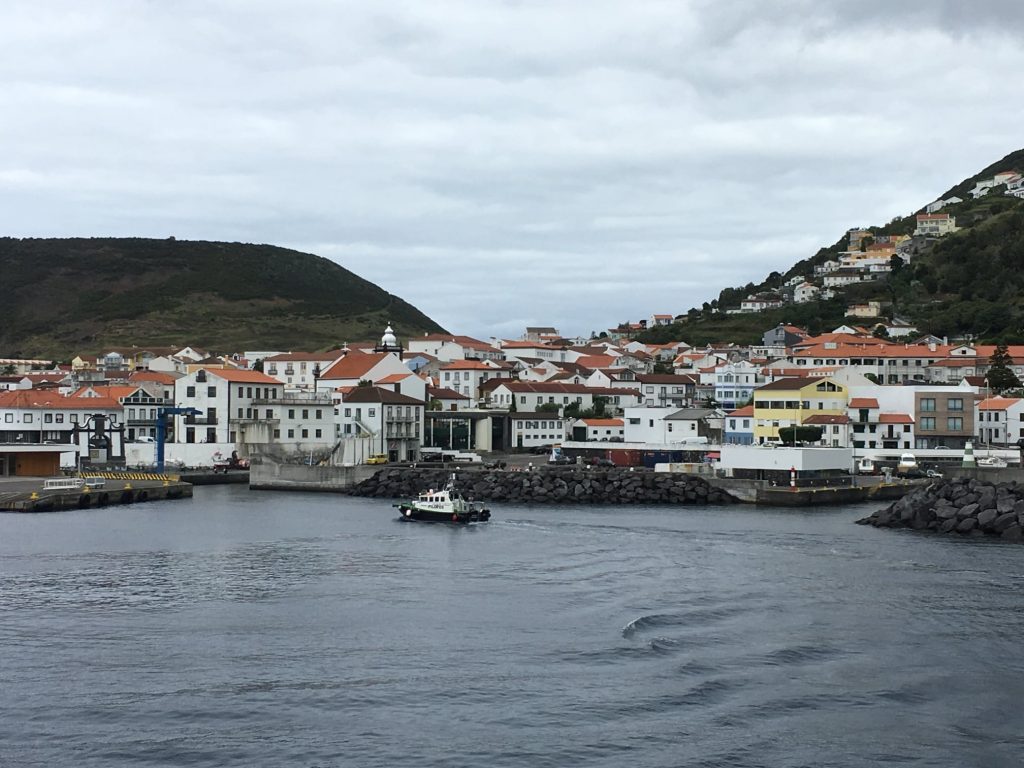
Embracing the nineteenth and twentieth centuries, the space functions as an illustration of the time when Francisco de Lacerda lived. Born in Ribeira Seca in 1869, this “European Jorgense” had a brilliant international career as a conductor.
An illustrious musicologist, Francisco de Lacerda created an important collection of the island’s folklore. He composed various musical works, including at least the Trovas, a set of pieces for song and piano based on the Portuguese and Azorean popular musical language.
CRAFTS
The high point rugs are still made on wooden frames. There are few active craftswomen, but they can still be seen working in Fajã dos Vimes. The Ribeira de Nabo Crafts Cooperative displays these blankets, also known as mantas de São Jorge, as well as cloths, tablecloths, rugs and other items.
FESTIVITIES
The feast dedicated to the saint who gave the island its name, São Jorge, is celebrated around April 23. The commemorations take place in the municipality of Velas, and include processions, musical performances and exhibitions.
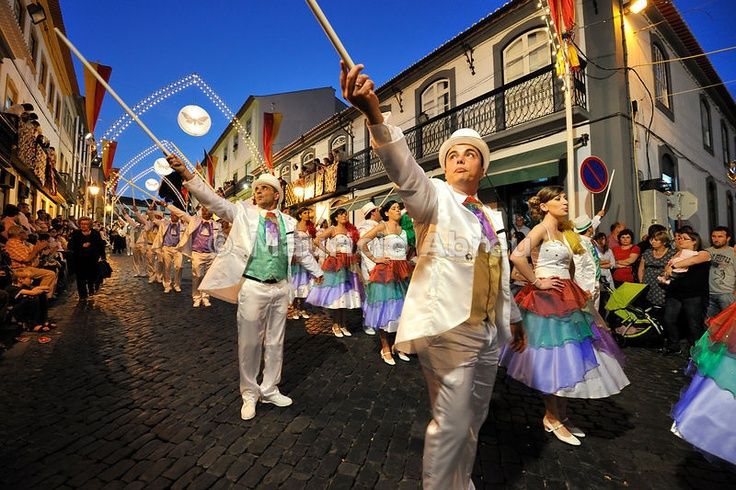
The Velas Cultural Week animates São Jorge and the remaining “islands of the triangle” during the month of July. The program, consisting of readings, conferences, book fair, nautical events, musical performances and gastronomic fair, includes activities for all tastes and makes the town of Velas a truly lively place. In the same month, Calheta offers a July Festival full of ethnographic processions, popular music, sports competitions and exhibitions.
The pilgrimages that take place in the different fajãs are occasions in which religious devotion and popular celebrations form an alliance, and there is no lack of music played on the traditional viola da terra.The Feasts of the Holy Spirit, which mobilize local people and foreigners, take place between May and September, as in the rest of the Archipelago.
GASTRONOMY
With international fame and a taste that according to some is unsurpassed, the cheese of the Island of São Jorge is probably the best known gastronomic product of the Azores.The União de Cooperativas Agricolas e Lactícinios of São Jorge, located in Beira, controls all the procedures for the care, classification and certification of the cheese produced on the island.
The Designation of Origin is attributed only to specimens that meet all the requirements in terms of ingredients and traditional methods. It is believed that the production of cow’s milk cheese dates back to the influence of the Flemish people who populated Mouse. The cheese from the island of São Jorge, with a semi-soft or hard paste, has a slightly spicy taste, and comes in round shapes that weigh between 7 and 12 kilograms, which are usually cut into wedges.
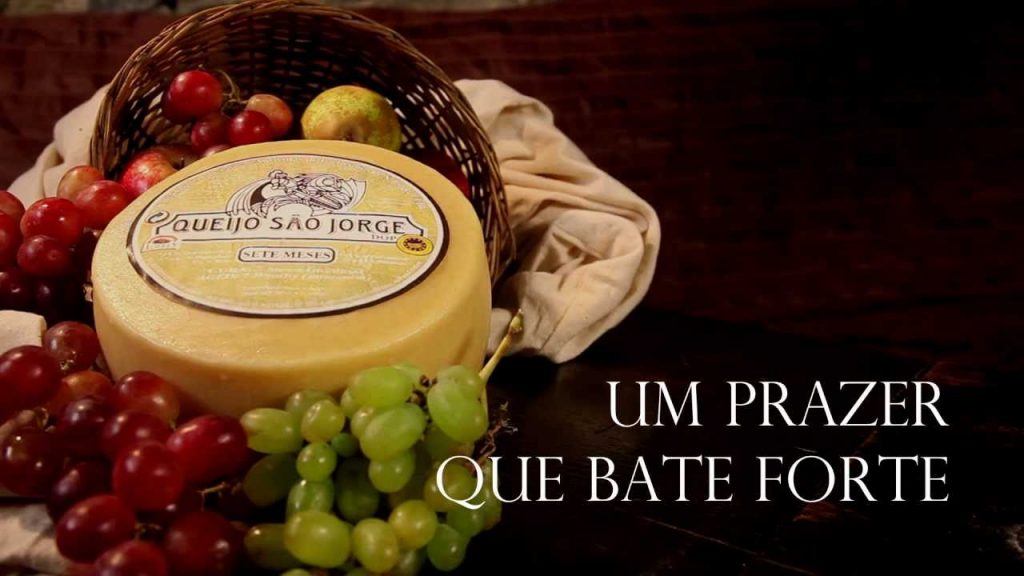
They arise spontaneously in the Natural Reserve and Special Ecological Area of the Caldeira de Santo Cristo: clams are another exclusive gastronomic wonder of São Jorge. The coastal lagoon is the only point in the Azores where this mollusk exists, characterized by truly unique size, flavor and texture of the meat.
The collection of clams is limited by law, and this delight can only be tried in some restaurants.The microclimate of some fajãs has allowed the development of some agricultural rarities, such as the coffee plantation, a rare case in Europe: in Fajã dos Vimes you can taste a coffee with an intense taste and aroma, made from grains collected on the spot .
Together with cinnamon brandy, it is a possible accompaniment to the island’s pastry shop, where coscorões, rosquilhas and coalhada sweets are traditional recipes. The espécies, a horseshoe-shaped cake with ‘little windows’ from which the filling appears, are truly typical of the island. There are various versions of the recipe, but they all have in common the presence of spices with anise, cinnamon and pepper.








